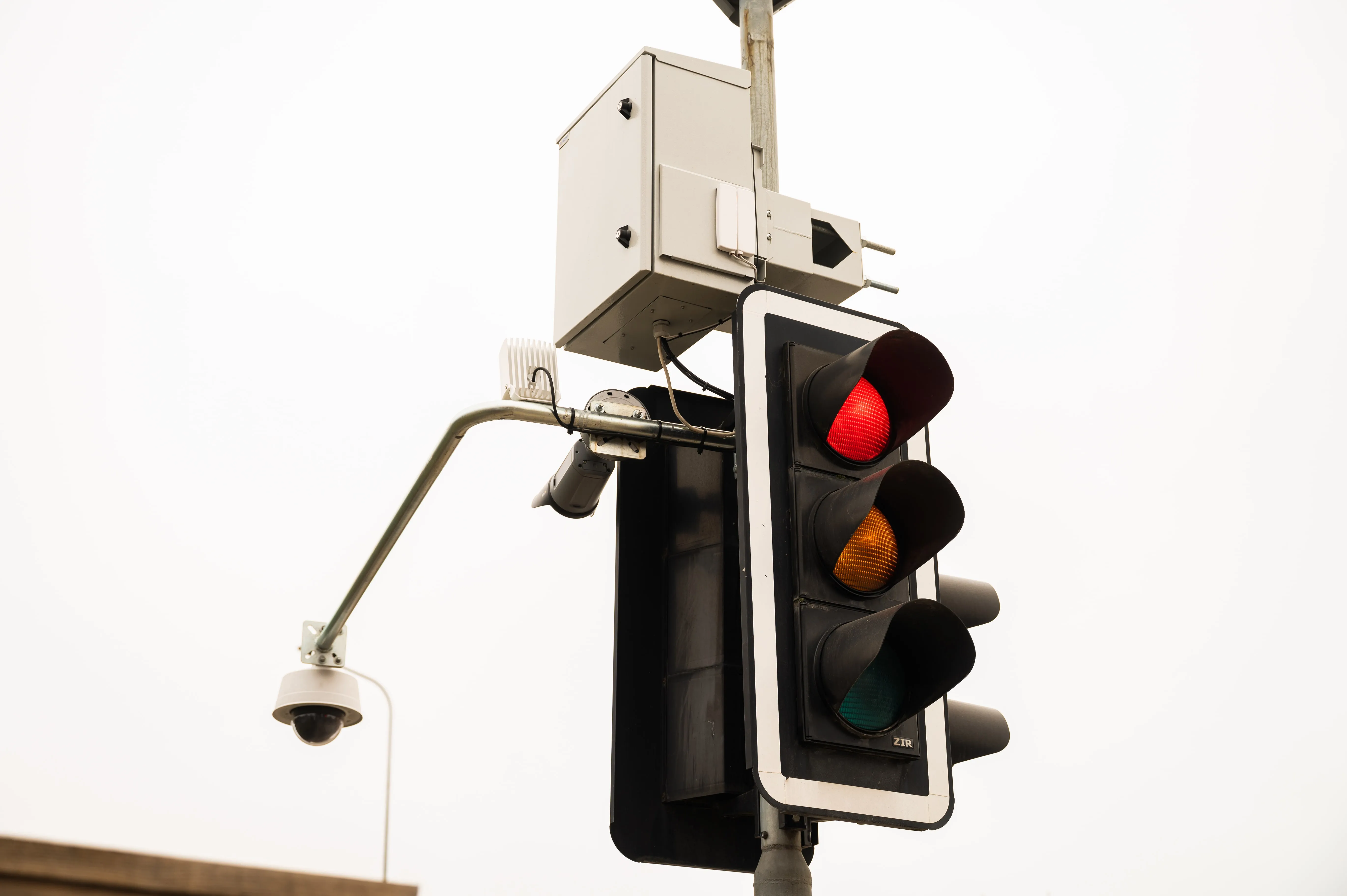Qatar is in the final stages of its plan to develop a fully integrated multimodal transportation system, says Public Works Authority (Ashghal) president Nasser Ali al-Mawlawi. The aim is to develop a fully-integrated multimodal transportation system in line with Qatar National Vision 2030 and Qatar National Development Strategy 2011-2016, and the country is developing tailored solutions to meet the requirement of Qatar and learning from the experiences of others.
October 5, 2012
Read time: 2 mins
Qatar is in the final stages of its plan to develop a fully integrated multimodal transportation system, says Public Works Authority (5840 Ashghal) president Nasser Ali al-Mawlawi.
The aim is to develop a fully-integrated multimodal transportation system in line with Qatar National Vision 2030 and Qatar National Development Strategy 2011-2016, and the country is developing tailored solutions to meet the requirement of Qatar and learning from the experiences of others.
A study of 10 best ITS practices implemented across the world has led to the conclusion that a single governance body is required to deliver an optimised, integrated and managed transportation system which provides accurate, reliable and user friendly information.
Citing an example of the development of an ITS strategy for Qatar, Ashghal official Imad Nassereddine announced that all the 136 traffic signals in the country were to be connected to the control room in due course. “The Ashghal traffic signals control room, which opened in March this year, has already been linked to 26 signalised junctions and 29 CCTV cameras,” he said.
“The end result should be improving the travel experience for the end users,” Nassereddine said. The benefits of ITS are a reduction in accidents, their severity and deaths; improved incident detection and response; reduction in congestion and delays; improved mobility; environmentally responsible and sustainable roadway and public transportation systems, and informed and satisfied travellers.
The aim is to develop a fully-integrated multimodal transportation system in line with Qatar National Vision 2030 and Qatar National Development Strategy 2011-2016, and the country is developing tailored solutions to meet the requirement of Qatar and learning from the experiences of others.
A study of 10 best ITS practices implemented across the world has led to the conclusion that a single governance body is required to deliver an optimised, integrated and managed transportation system which provides accurate, reliable and user friendly information.
Citing an example of the development of an ITS strategy for Qatar, Ashghal official Imad Nassereddine announced that all the 136 traffic signals in the country were to be connected to the control room in due course. “The Ashghal traffic signals control room, which opened in March this year, has already been linked to 26 signalised junctions and 29 CCTV cameras,” he said.
“The end result should be improving the travel experience for the end users,” Nassereddine said. The benefits of ITS are a reduction in accidents, their severity and deaths; improved incident detection and response; reduction in congestion and delays; improved mobility; environmentally responsible and sustainable roadway and public transportation systems, and informed and satisfied travellers.










